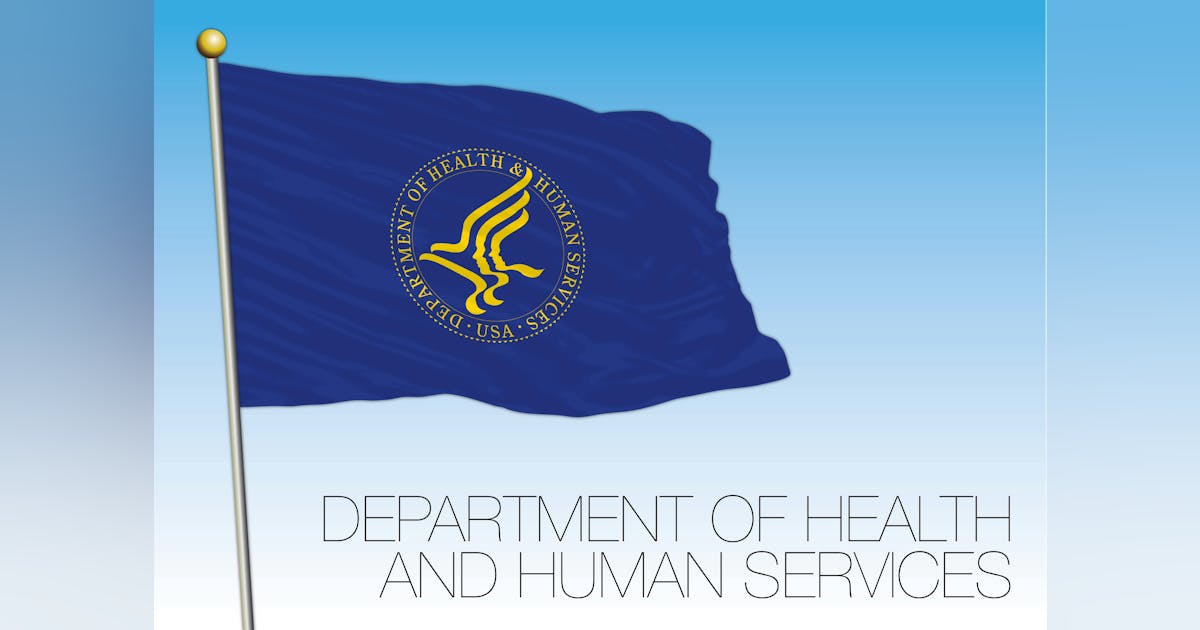A man with high fever and fatigue self-treated himself at home for four days without any improvement before being diagnosed with septic shock and multiple organ failure at a provincial hospital. Despite receiving dialysis, a ventilator, and intravenous broad-spectrum antibiotics, his condition did not improve. In critical condition, he was transferred to the 108 Central Military Hospital with circulatory collapse, myocarditis, progressive acute respiratory failure, acute liver and kidney damage, and thrombocytopenia.
Doctors at the 108 Military Central Hospital identified an ulcer on the patient’s right chest as typical of scrub typhus on July 2. Tests confirmed that he was infected with Orientia tsutsugamushi, the pathogen responsible for scrub typhus. After diagnosis, he was treated with specific antibiotics and supportive measures for organ failure. Currently, his fever has subsided, his breathing has improved, and signs of organ failure are showing signs of recovery.
Scrub typhus is an acute infectious disease that is transmitted through the bite of mite larvae caused by Orientia tsutsugamushi. The diverse manifestations of this disease include prolonged high fever, severe headache, skin and mucous membrane congestion, and rash. Skin ulcers can form at the site of the larval bite in soft or moist skin areas. Tick bite ulcers initially present as blisters before becoming oval shapes that become nodules with black scabs usually painless and not itchy. Most cases will have one or two ulcers while some may have three or more. As a disease that can be dangerous but also preventable it’s crucial for individuals living or working in areas favored by scrub typhus larvae to take necessary precautions to avoid infection


